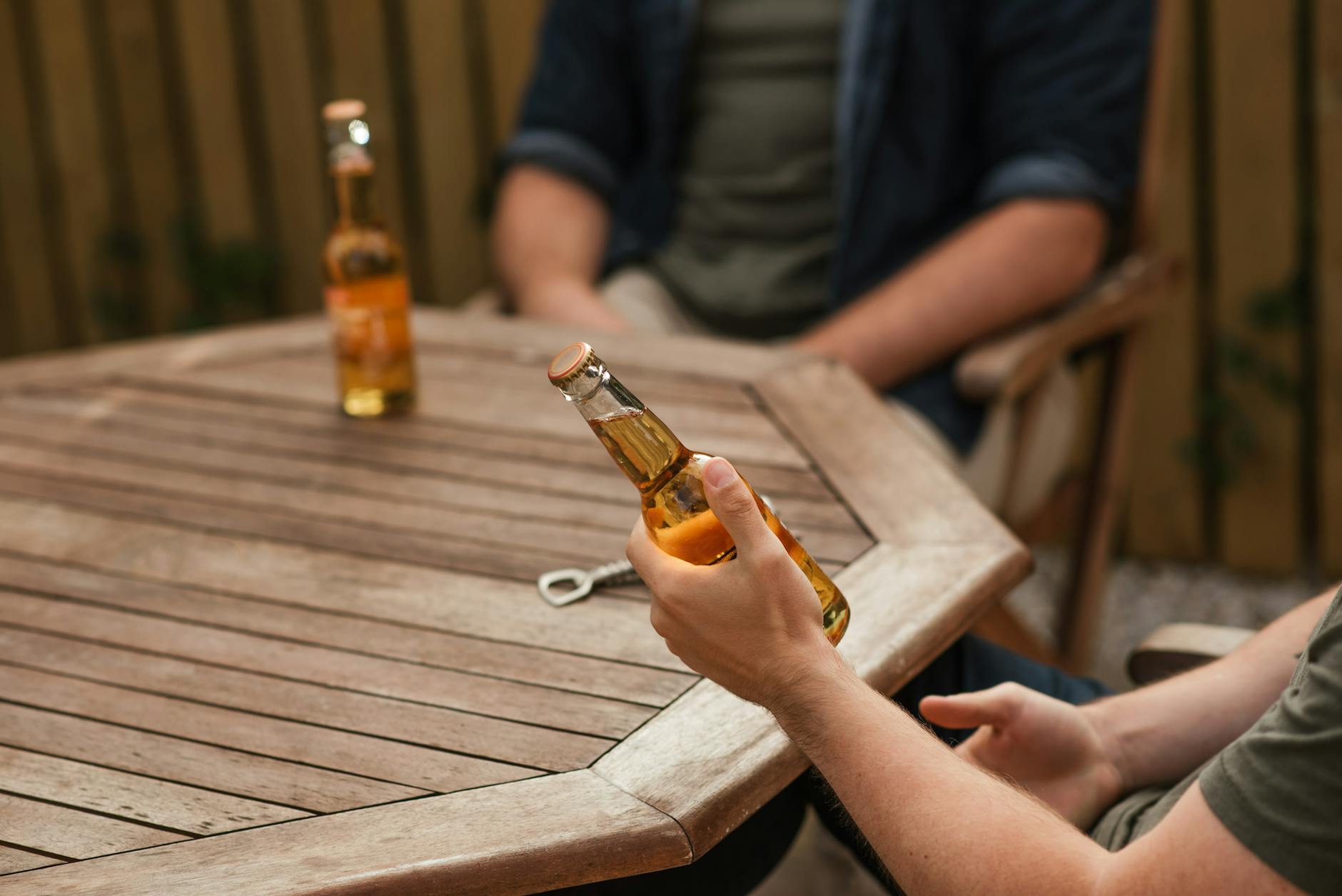Unravel the mysteries of alcohol’s effects on the body as we delve into what really happens when we get drunk.
Table of Contents
Have you ever wondered how many beers it takes to get drunk? The answer to this question is not as straightforward as you might think. Numerous factors come into play when it comes to alcohol intoxication, including individual tolerance levels, body weight, metabolism, and more.
Factors Influencing Intoxication Levels
When it comes to determining how many beers it takes to get drunk, there are several key factors to consider. Body weight and metabolism play significant roles in how alcohol is absorbed and processed in the body. Generally, the more you weigh, the more drinks you can typically handle before feeling intoxicated. Similarly, individuals with faster metabolisms may be able to process alcohol more quickly than those with slower metabolisms.
Gender and genetics can also impact alcohol tolerance. Women generally have a higher percentage of body fat and lower water content in their bodies compared to men, leading to alcohol being more concentrated in their system. Genetic factors can also influence how quickly your body can metabolize alcohol, affecting how you feel after consuming alcoholic beverages.
Additionally, what you eat and drink can affect how your body responds to alcohol. Consuming food before or while drinking can slow down the absorption of alcohol in the bloodstream, potentially reducing the effects of intoxication. Staying hydrated with water throughout the night can also help mitigate the effects of alcohol on your body.
Alcohol Metabolism and Blood Alcohol Content
Alcohol metabolism is a complex process that occurs primarily in the liver. When you drink alcohol, enzymes in the liver break it down into acetaldehyde, a toxic substance that is further metabolized into acetic acid before being excreted from the body. The rate at which this process occurs can vary based on individual factors such as genetics and overall health.
Blood alcohol content (BAC) is a measure of the amount of alcohol in your bloodstream. BAC levels can vary depending on factors like how much alcohol you consume, how quickly you drink, and your body’s ability to metabolize alcohol. In most places, a BAC of 0.08% is considered the legal limit for driving, as impairment typically begins around this level.
Many factors can influence BAC levels, including the type of alcohol consumed, the rate of consumption, and the presence of any food in your stomach. It’s essential to understand how these factors can impact your BAC and overall intoxication levels.
Tips for Drinking Responsibly
While it can be tempting to push your limits and see how much alcohol you can handle, it’s crucial to prioritize safety and responsible drinking habits. Monitoring your alcohol consumption, setting limits for yourself, and pacing your drinks can help you avoid overindulging and experiencing negative consequences.

Image courtesy of www.linkedin.com via Google Images
To drink responsibly, consider eating a meal before drinking, alternating between alcoholic and non-alcoholic beverages, and being mindful of how quickly you’re consuming drinks. It’s essential to know your limits and listen to your body when it comes to alcohol consumption.
Remember that alcohol affects everyone differently, and what might be a manageable amount for one person could lead to intoxication in another. By educating yourself on the science of alcohol intoxication and practicing moderation, you can enjoy alcohol safely and responsibly.
Conclusion
Understanding how many beers it takes to get drunk involves more than just counting drinks. It’s essential to consider a range of factors, from metabolism and genetics to food consumption and hydration. By delving into the science behind alcohol intoxication and taking steps to drink responsibly, you can enjoy alcohol in a safe and mindful way.
Next time you’re sipping a beer with friends, remember the importance of knowing your limits and prioritizing safety. Cheers to enjoying alcohol in moderation and making informed decisions when it comes to drinking!
FAQ
How can I calculate my alcohol tolerance?
Answer 1: Alcohol tolerance varies individually and is influenced by factors like genetics, metabolism, and gender. Start by tracking your reactions to different amounts of alcohol to understand your limits.
Can certain foods help me sober up faster?
Answer 2: While no food can speed up alcohol metabolism, consuming food before or during drinking can slow alcohol absorption, potentially reducing intoxication effects.
Is it safe to mix different types of alcoholic drinks?
Answer 3: Mixing drinks can lead to quicker intoxication due to increased alcohol consumption. Stick to one type of alcohol to better gauge your overall intake.
How long does it take for alcohol to leave my system?
Answer 4: The body metabolizes alcohol at a rate of about one standard drink per hour. Factors like weight, metabolism, and hydration levels can impact how quickly your body clears alcohol.
Generated by Texta.ai Blog Automation


Leave a Reply